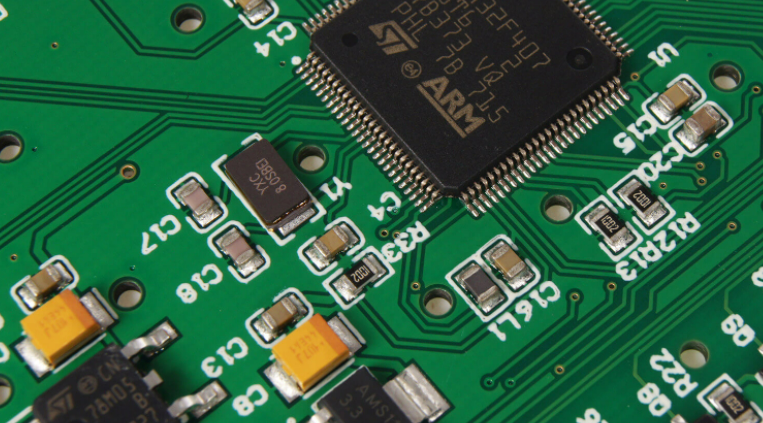How to solve the material compatibility problem in SMT patch processing?
The key to solving the material compatibility problem in SMT patch processing is to ensure that all materials used can remain stable during the processing and will not produce adverse reactions with each other. The specific analysis is as follows:
1. Choose the right solder paste. Solder paste matching: Select the right solder paste according to the heat capacity and welding temperature of the PCB board and components. Solder paste composition analysis: Ensure that the components in the solder paste are compatible with the metal plating of the PCB board and components to avoid adverse reactions.
2. Evaluate the heat resistance of the substrate material. Select a substrate material that can withstand the high temperature during the SMT patch processing to prevent the substrate from being deformed or damaged. Surface treatment suitability: Consider the substrate surface treatment process, such as tin spraying, OSP (organic protective agent), silver, etc., to ensure a good welding effect.
3. Consider the compatibility of component materials and component packaging materials: Check whether the packaging materials of the components can adapt to the automated production line of the SMT machine to avoid reduced production efficiency due to material incompatibility. Component heat resistance: Ensure that all components can withstand the high temperature during SMT patch processing to prevent component damage.
4. Optimize the process temperature curve optimization: adjust the temperature curve of reflow soldering according to the characteristics of different materials to ensure the quality of welding while avoiding material damage. Process control: implement strict process control, including the management of temperature and humidity in the production environment to reduce the instability of materials caused by environmental changes.
5. Conduct tests to verify compatibility tests: conduct small batch compatibility tests before formal production to verify the compatibility between different materials. Reliability testing: conduct comprehensive reliability tests on samples that have completed SMT patch processing, including but not limited to temperature cycle tests, mechanical impact tests, etc., to ensure long-term stability.
To solve the material compatibility problem in SMT patch processing, it is necessary to start from multiple angles and comprehensively consider the physical and chemical properties of various materials, which can effectively reduce the risks caused by material incompatibility and improve production efficiency and PCBA product quality.



